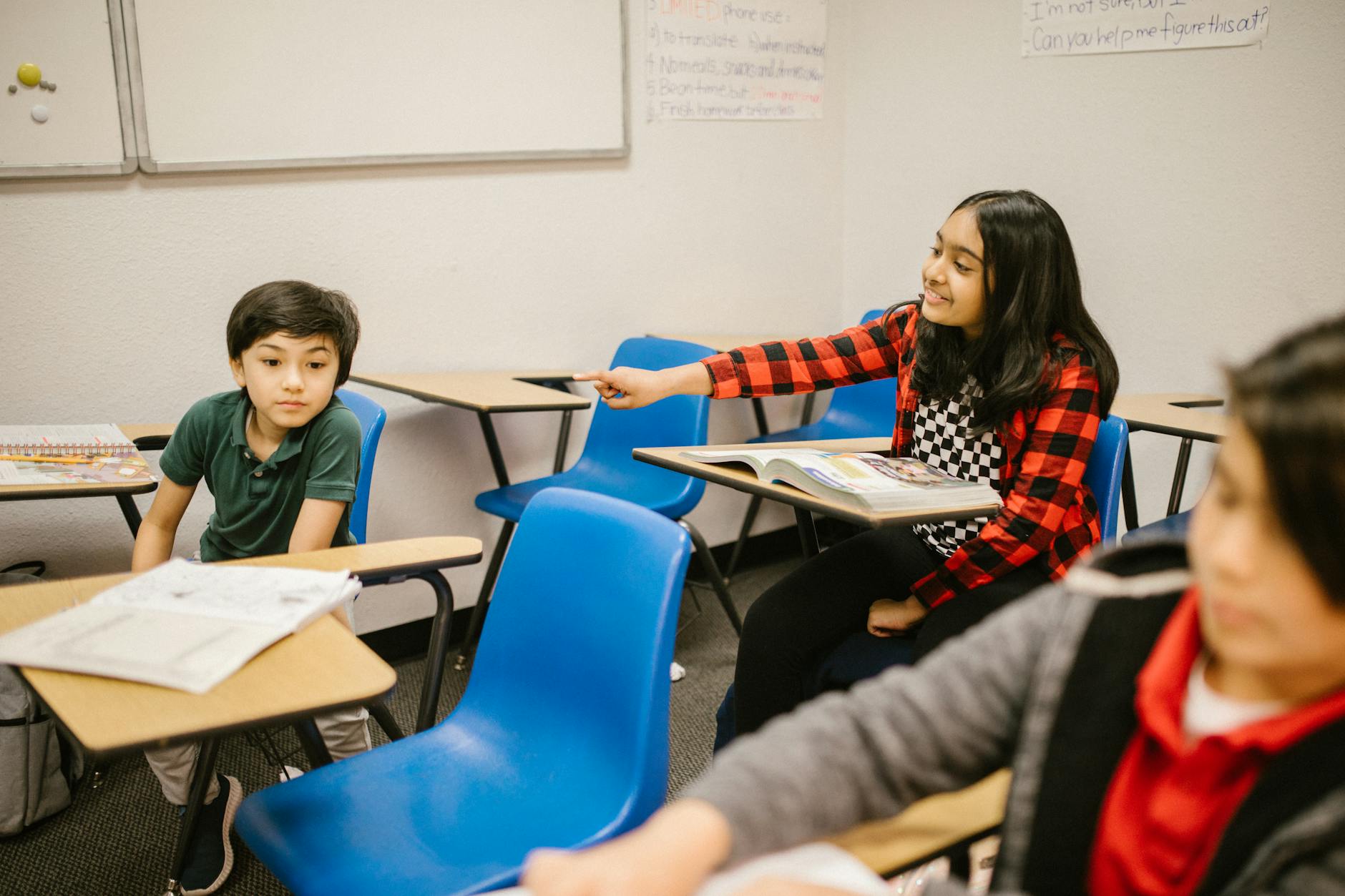What Drives Innovative Team Building in the United States Today

Understanding Team Building Trends
Team building activities are evolving, providing new ways for companies to foster connections and enhance productivity among teams. In Austin, Texas, a hub of innovation, sustainable approaches to team building are intertwined with broader environmental consciousness. The eco-friendly shops at South Congress serve as an inspiration for creating team-building experiences that emphasize sustainability. Integrating company team building activities into an organization's culture is similar to the sustainability initiatives at The University of Texas at Austin, where collaboration and environmental responsibility are front and center.
Current trends reveal a shift toward online fun activities for team engagements. These virtual experiences accommodate remote teams and minimize carbon footprints by reducing travel. Virtual scavenger hunts, trivia nights, and creative challenges offer flexibility while keeping teams connected across various locations.
Furthermore, the rise of do it yourself team building activities represents a move towards personalization and resourcefulness. These activities encourage teams to think outside the box, using available materials to build stronger relationships. For example, hosting a garden day or a hackathon dedicated to tackling environmental issues can unify teams with a common purpose.
Austin's community-driven mindset, evident in spots like Barton Springs Pool with its green practices, encourages teams to adopt innovative and mindful strategies. These activities not only build camaraderie but also instill a sense of responsibility towards sustainable practices.
Key Components of Success
Motivation and Engagement
Enhancing motivation and engagement through team-building activities is critical for fostering a cohesive work environment. fun work team activities can include diverse experiences like trivia games, scavenger hunts, or even exploring eco-friendly shops at South Congress. These engage team members on multiple levels, keeping enthusiasm high and fostering openness and camaraderie among staff.
Effective Communication Tactics
Effective communication forms the backbone of successful team operations. Incorporating group activities for team building can significantly improve dialogue and interaction. By participating in activities that emphasize listening and collaborative skills, team members can enhance their capacity to convey ideas clearly and understand their colleagues better. Modeling these exercises on the collaborative spirit embodied by sustainability initiatives at The University of Texas at Austin can provide practical examples for sustainable progress.
Benefits of Inclusivity
Inclusive activities not only boost morale but also enhance the skill set of the team. When designing soft skills team building activities, it’s essential to incorporate exercises that emphasize diversity and inclusion. This can range from role-playing scenarios to discussions about real-world issues, tailored to resonate with the team’s values and goals. Such practices contribute to a more equitable work environment, leading to improved cooperation and a more harmonious workplace.
Innovative Techniques
Virtual and Remote Activities
Exploring virtual and remote team activity games is a step toward bridging gaps that distance often creates. These activities can involve anything from online escape rooms to virtual trivia quizzes, providing your team a shared experience even when they're miles apart. Platforms like Zoom and Microsoft Teams enable coordinated events where everyone can participate simultaneously, breaking down geographical barriers while maintaining engagement.
Hands-On Workshops
Immersive St Louis team building activities can initiate dynamic and fruitful collaborations, creating an atmosphere similar to the sustainability initiatives at The University of Texas at Austin campus. For those involved in workshops focused on sustainability, consider DIY upcycling projects, which can instill practical awareness of environmental impacts while boosting teamwork. By encouraging employees to collaborate on tangible tasks and projects, teams can cultivate innovation rooted in eco-friendly practices.
Collaborative Problem Solving
Incorporating brain-storming sessions or hackathons offers opportunities for teams to tackle challenges creatively. Similar to the eco-friendly approaches at Barton Springs Pool, these sessions can focus on designing innovative solutions that are both practical and sustainable. Apart from enhancing productivity, this sense of purpose can inspire confidence and unity, leading to concrete results and reinforcing an environmentally conscious mindset.
These innovative techniques are designed to empower teams with a robust understanding of sustainability while fostering innovative thinking and meaningful collaborations. Engaging in such activities encourages employees to embrace a shared vision for sustainability, much like the community-oriented initiatives seen in Austin, Texas.
Challenges in Implementation
Resource Allocation Issues
Implementing a team building activity in a start-up focused on sustainable practices often presents resource allocation challenges. Limited budgets and tight schedules make it difficult to prioritize these activities. However, it's important to recognize their potential to foster collaboration and innovation. Consider allocating resources to most fun team building activities carefully:
-
Leverage Existing Resources: Use available materials to design activities that encourage teamwork, such as DIY projects that repurpose everyday items. This aligns with sustainable practices and can save costs.
-
Schedule Wisely: Plan team-building sessions during off-peak hours or integrate them into existing meetings to minimize disruption to regular workflows.
-
Seek External Collaboration: Partner with local organizations that advocate for sustainability, similar to initiatives seen at The University of Texas at Austin, to gain support or resources.
Balancing Productivity and Activities
Balancing productivity with team-building exercises is critical. It’s essential to ensure activities are not viewed as a distraction but as a vital component of maintaining a connected and efficient team. Here are a few strategies:
-
Set Clear Objectives: Define what the activity aims to achieve, whether improving communication or problem-solving skills, to provide a focus.
-
Incorporate into Daily Tasks: Make activities a natural part of the day by aligning them with work goals, showing their relevance and impact.
Overcoming Resistance
Overcoming resistance to team-building activities requires demonstrating their value. Here, clear communication and management buy-in are crucial:
-
Address Concerns: Invite feedback from team members to address apprehensions and tailor activities to suit team dynamics.
-
Highlight Benefits: Use examples of successful team-building initiatives, such as green practices at Barton Springs Pool, to illustrate potential outcomes.
By focusing on these strategies, you can integrate effective team-building activities into your organization while maintaining a commitment to sustainability.
Practical Strategies for Sustainable Team Building
Budget-Friendly DIY Activities
When it comes to implementing effective team-building activities on a limited budget, creativity is your best ally. Consider organizing events that utilize local resources and highlight sustainability. For example, hosting a 'Green Scavenger Hunt' through the eco-friendly shops at South Congress could be an excellent way to foster team collaboration while supporting sustainable businesses. Additionally, exploring local nature spots like Barton Springs Pool can provide a refreshing setting for team bonding while embracing green practices.
Regular Integration in Daily Routines
To make meaningful connections between sustainability and team-building, integrate activities seamlessly into your daily routines. This could involve starting a 'Green Commute Challenge' where team members are encouraged to bike or use public transportation, mirroring the efforts observed at The University of Texas at Austin campus for its sustainability initiatives. Such activities not only reinforce a culture of sustainability but also encourage team spirit and mutual accountability.
Assessing the Success and Impact
To ensure your team-building activities are both innovative and effective, regularly measure their success and impact. Use metrics like employee engagement levels, productivity rates, and team morale to assess improvements post-activity. Regular feedback sessions can offer practical insights into potential adjustments, ensuring that initiatives align with the sustainable values upheld by young professionals in start-ups.
Bringing sustainability into team-building practices isn't just a trend; it's a necessity. By leveraging local resources and fostering an environment of creativity and collaboration, we can create a workplace culture that's not only inclusive and adaptable but also deeply rooted in sustainable progress.


